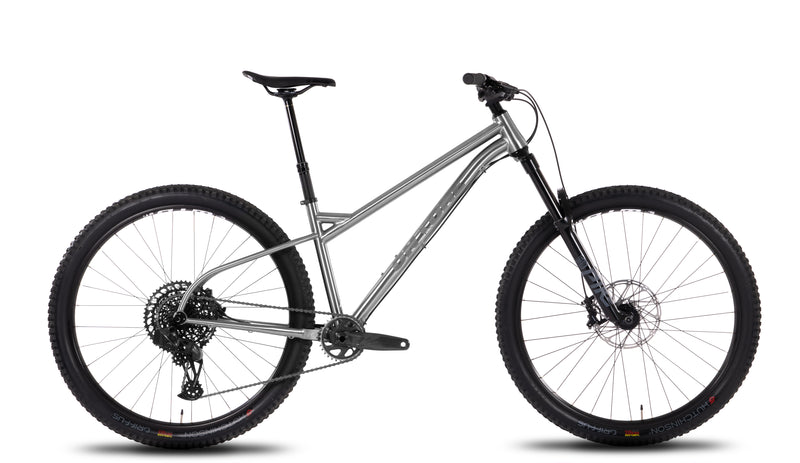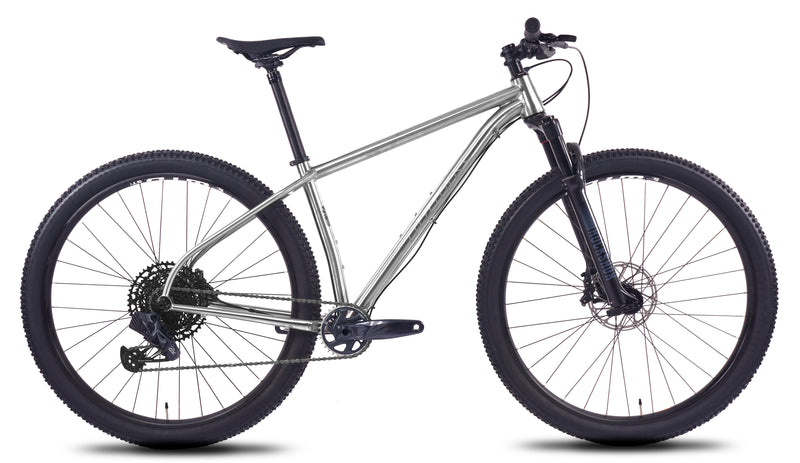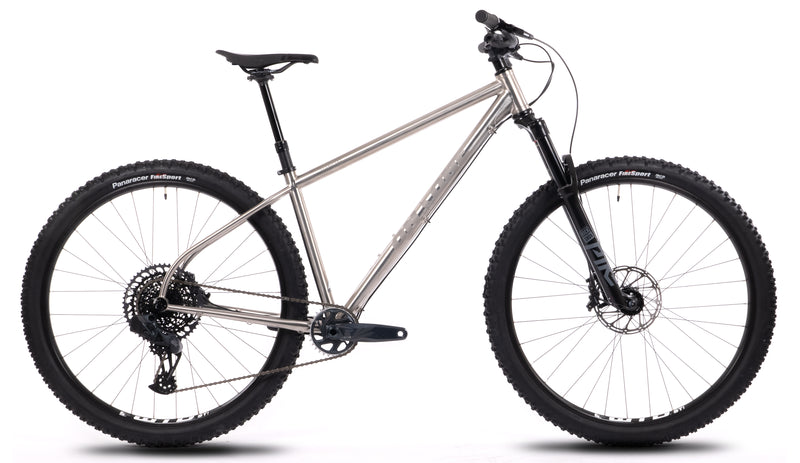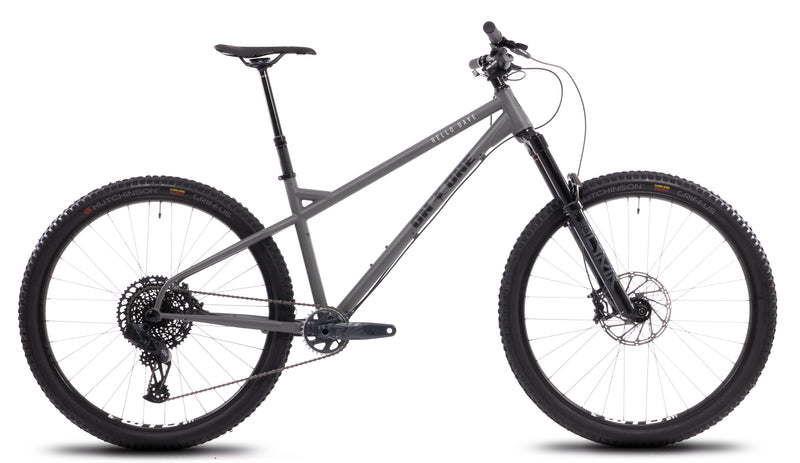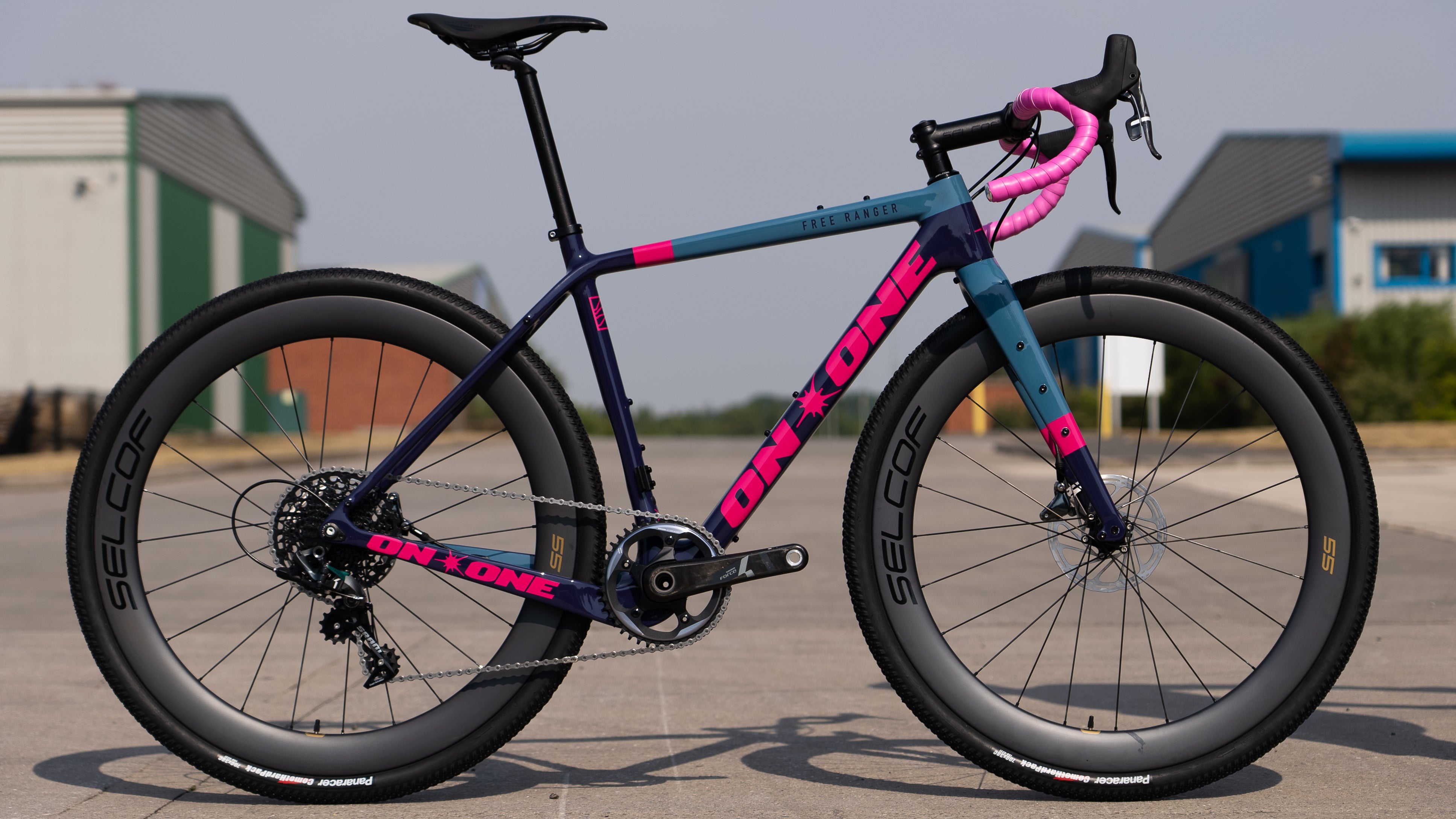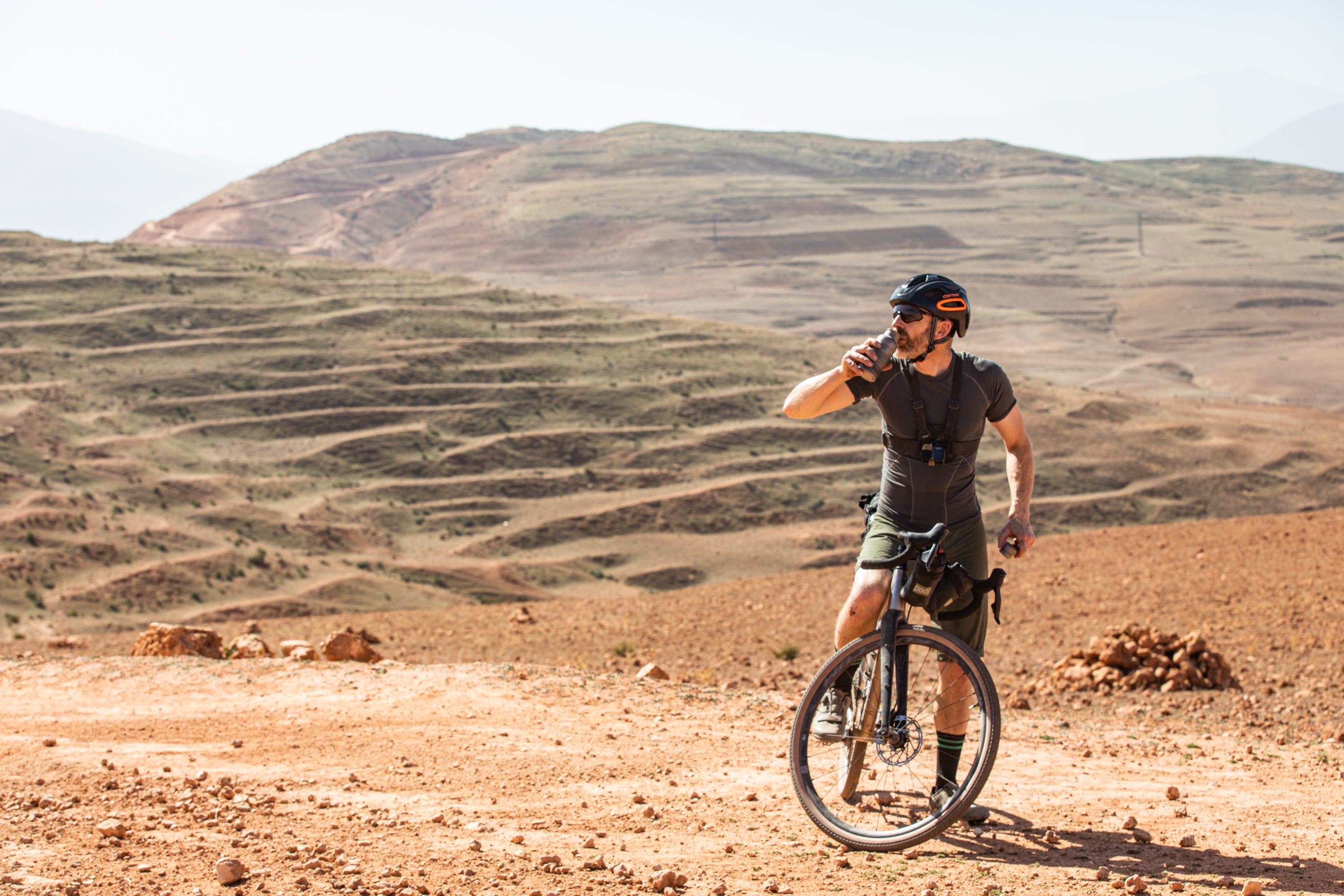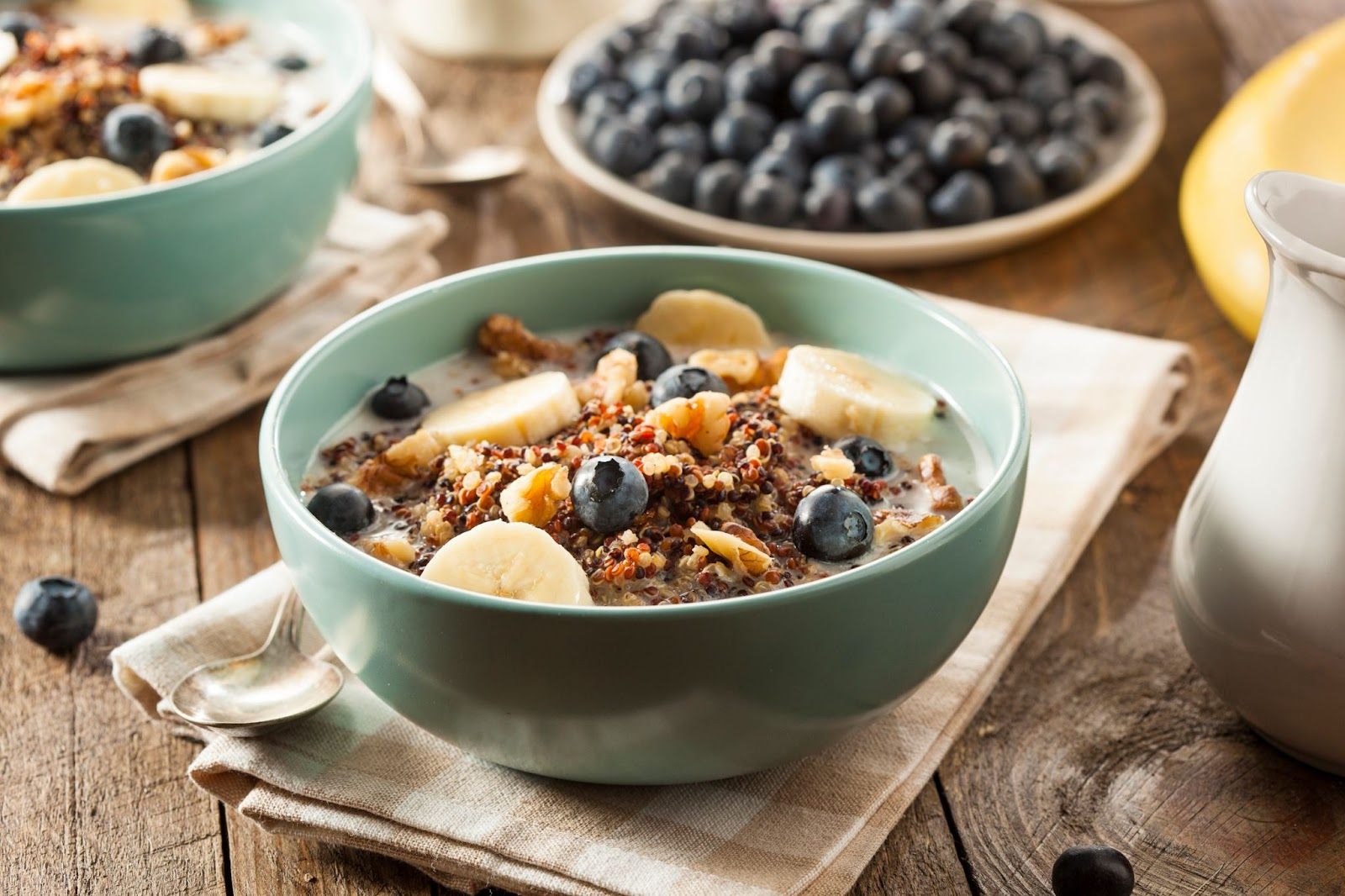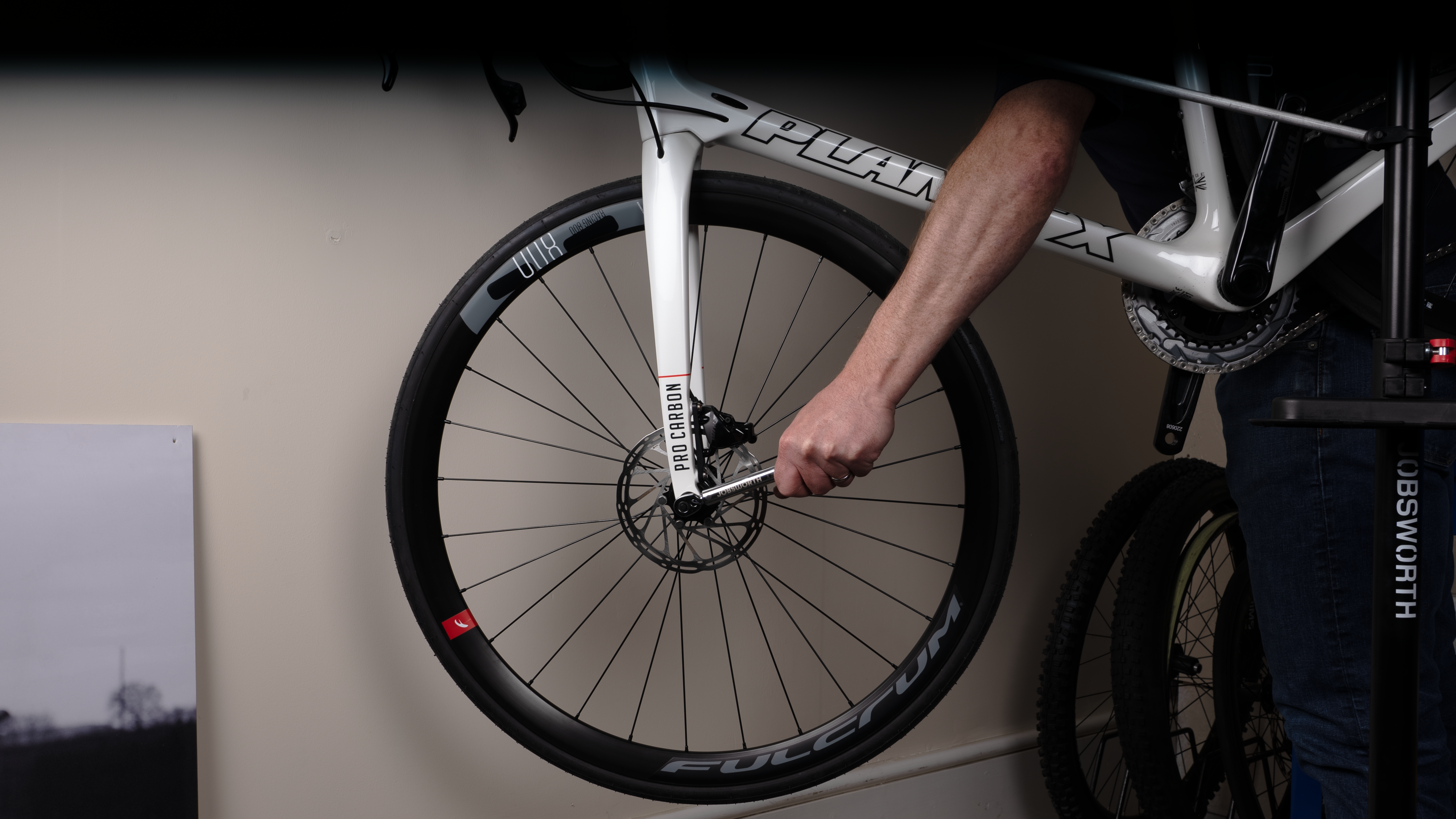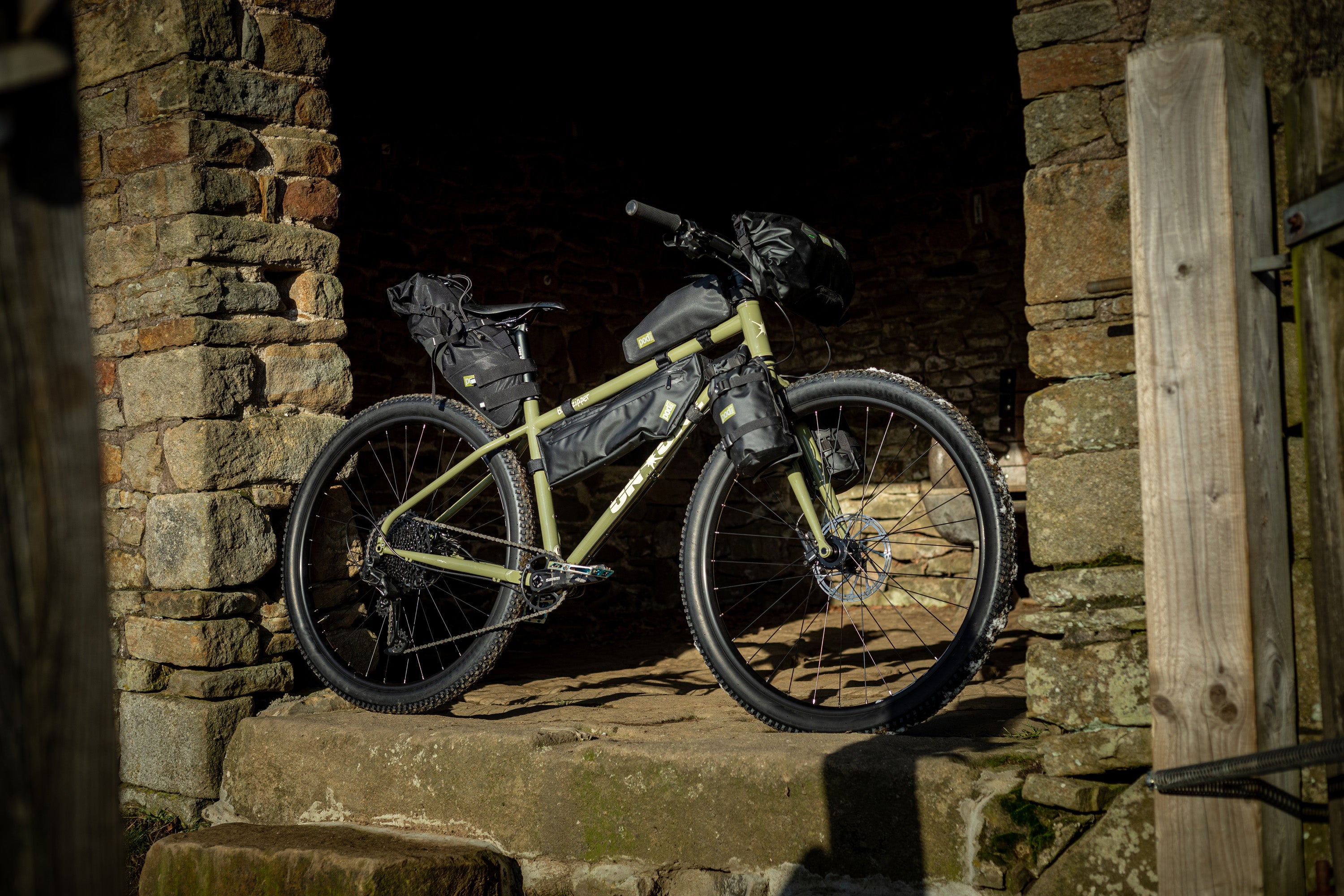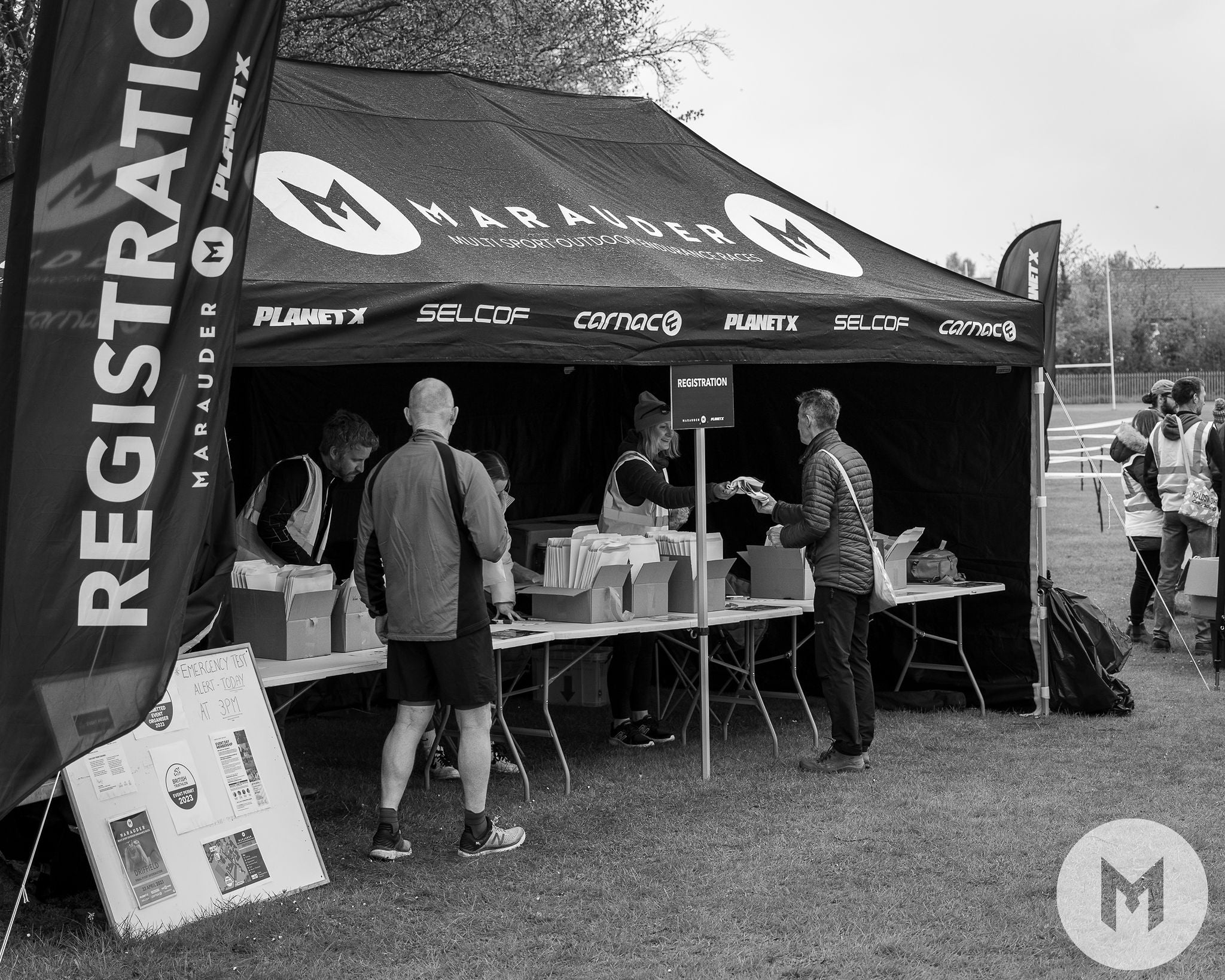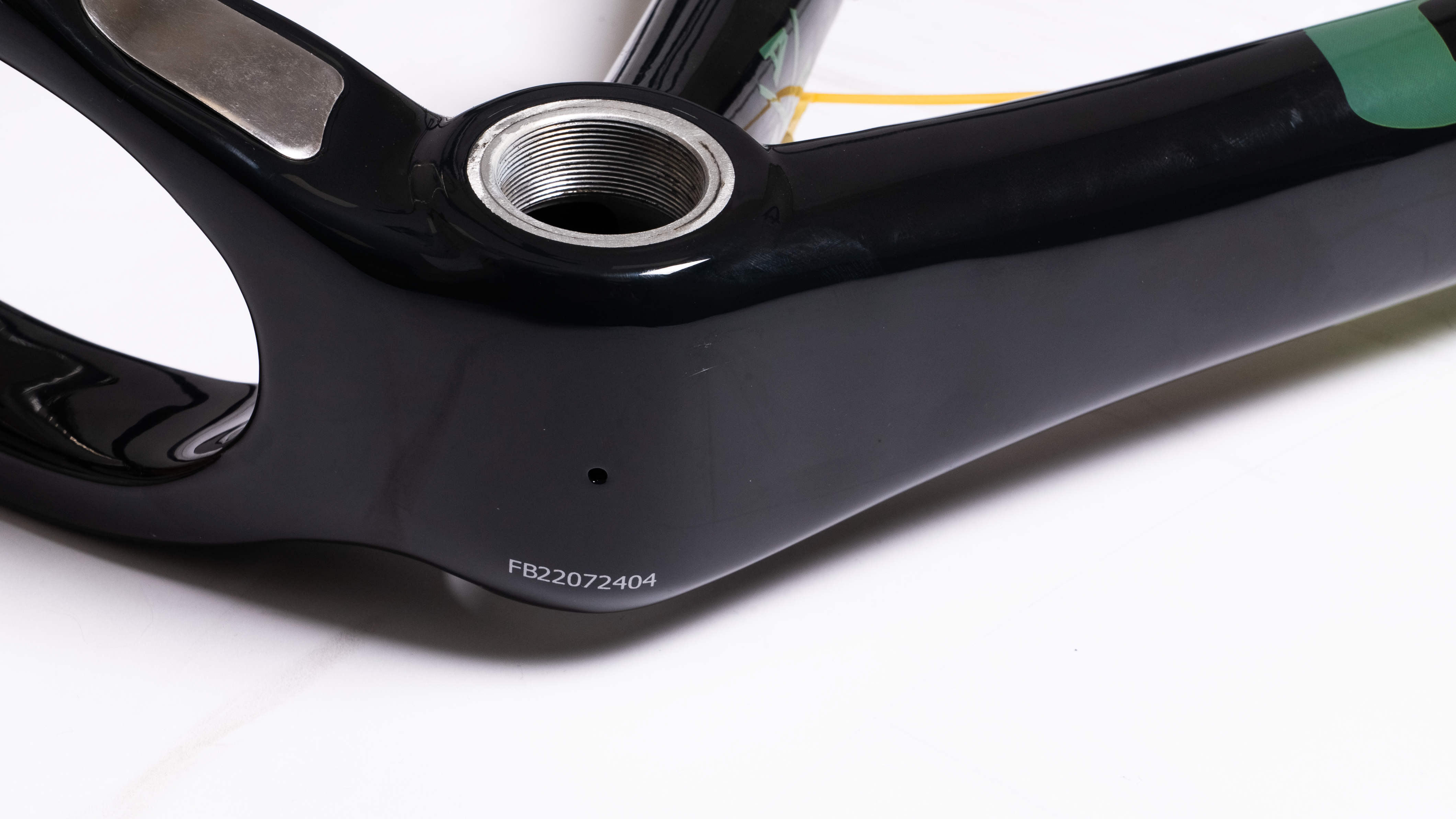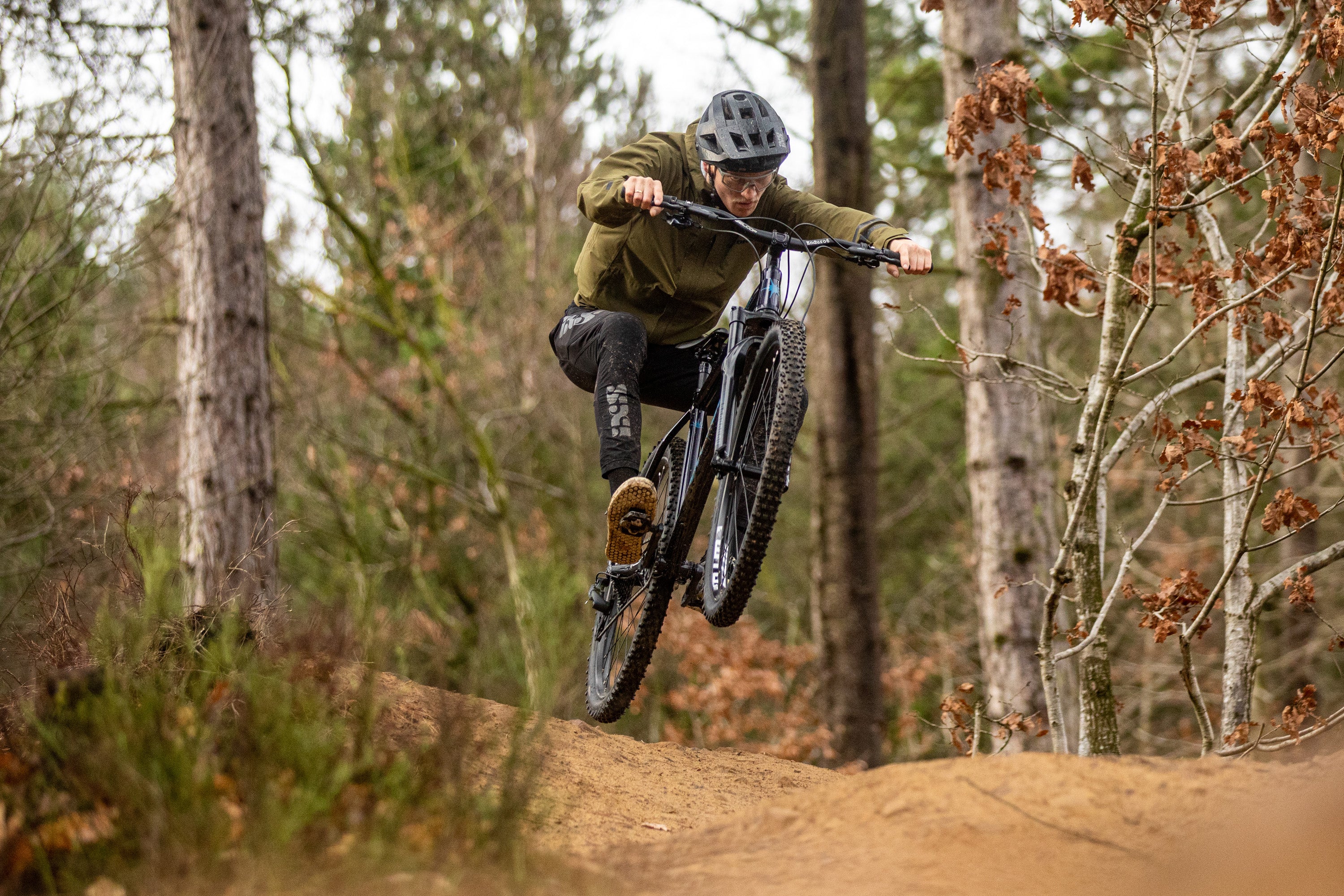What to eat when cycling long distances
5 May 2023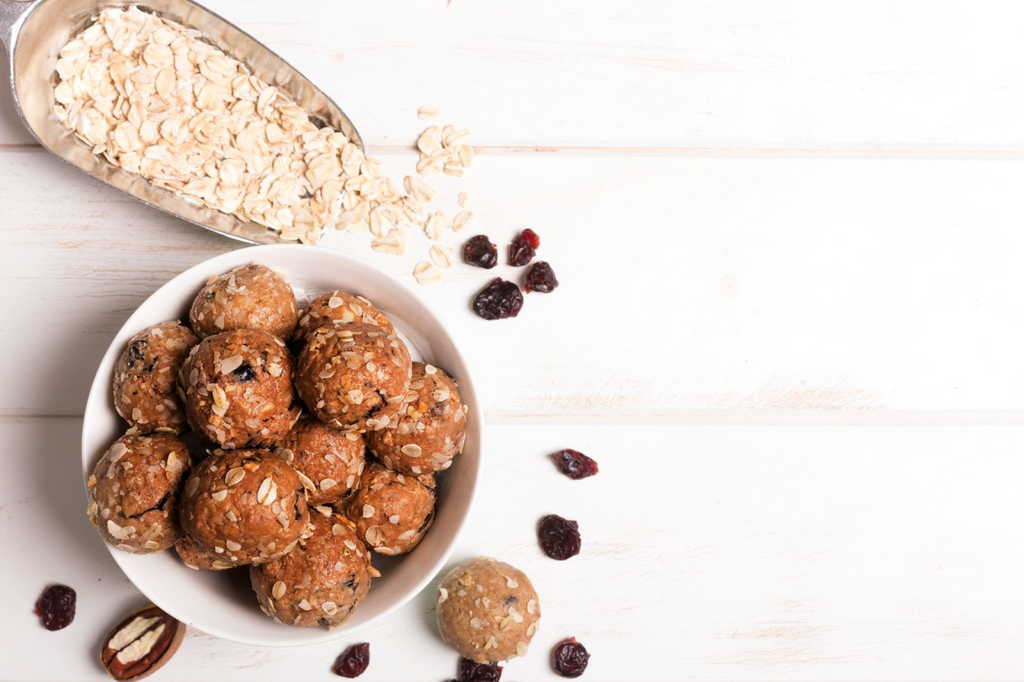

Shorter rides that only last for an hour or so are simple to fuel for - just stay hydrated and bring a few light snacks to keep you going if the ride is longer than an hour. But for those longer rides that are in excess of three hours, things become a bit more complicated.
Keep reading to learn how to fuel yourself on a long distance bike ride.
What to eat on a long cycle ride
When you go for a long bike ride, you can’t simply rely on eating before and afterwards to keep you well-nourished. It’ll only lead to you feeling exhausted in the saddle and potentially experiencing symptoms of dizziness, nausea and even fainting. In order to avoid all that, you’ll need to plan ahead to make sure you can adequately fuel your body in the saddle so you can enjoy the ride properly.
The most important macronutrients to be thinking about while cycling are your carbohydrates. Proteins and fats are important to a lesser extent, and you should be able to get enough of those alongside your carb intake if you choose more widely nutritional foods and don’t stick to energy chews, gels and drinks. Carbohydrates, however, are the most important because they are what keep your energy levels up so you can keep on pedalling. In the short term, simple sugars such as those found in energy gels will give you a boost perfect for a sprint finish or 100m dash, for example. However, for longer rides you’ll need slow-releasing complex carbohydrates to keep you going.
What is the best food to eat while cycling?
As we’ve mentioned, for longer distance rides, it’s best to fuel yourself with slow-releasing foods to keep you going for longer, rather than to only have energy gels and chews - which are essentially just energy in a sachet. These do have their place when you need a quick burst of fast-releasing energy, such as in the lead up to a sprint finish, but they’re not so useful in slower, more leisurely rides.
Just as porridge is a good source of slow release energy on the morning of a ride, oat-based snacks are similarly beneficial once you’re in the saddle. Flapjacks, energy bars and bites are all portable options you can keep in your cockpit bag to nibble on as the ride progresses.
If you’re bikepacking or out on a leisurely ride and you plan to stop partway for a lunch break, you might also bring along some foods that are harder to eat while you’re in the saddle, such as a sandwich. Just remember to keep it light so you don’t give yourself indigestion when you get back on the bike. If possible, try to give yourself at least 60 minutes rest after eating a larger meal like this so you can start digesting it. Fortunately, this is an excellent opportunity to admire the scenery and take a few photos for the album.
How much to eat while cycling
Generally speaking, the average cyclist can only process between 30 and 60g of carbs in an hour’s ride. Beyond that, even though you’re consuming more carbs, you won’t usually see any improvement in your energy levels or performance, because your body can’t make use of that many carbs in that little time. In fact, you’re likely to feel sluggish and heavy and you might even experience a stomach upset because you’re loading yourself up with carbs that have nowhere to go.
So, with that in mind, it’s best to stick to around 30 to 60g of carbs per hour, eaten in small yet frequent portions during the ride. The exact amount you’ll need for the ride as a whole will of course depend on how long you’ll be in the saddle for - and if you’re not sure, it’s best to err on the side of more food so you don’t find yourself flagging before you reach the end of the ride. This can be common in bikepacking, if you’re not sure exactly how long it’ll take you to get to the next stop on your journey.
One thing that’s vital to remember is that carbs aren’t solely found in foods. If you’re drinking something other than water, there’s a fair chance that it contains carbs, even if it’s not many. Try to find out how many carbs you’re drinking so that you don’t accidentally overload yourself.
Homemade energy ball recipe
We couldn’t finish this guide without introducing you to one of our favourite recipes for an on-the-bike snack. To make these homemade energy balls, you’ll need:
130g of oats
150g of nut butter (or sunflower seed butter to make the recipe nut-free)
110g cup of honey, golden syrup or maple syrup
And that’s it! Just mix them all together in a bowl until you’ve got a good, well-distributed mixture, and roll them into balls. No need to cook, no need to refrigerate - perfect for last minute snack prep! If they’re a little too sticky for your liking, just sprinkle extra oats into the mixture until you get the consistency you’re after.
However, this is a really versatile recipe to which you can add a wide variety of extras - just mix them in the same way as you would for the base recipe. Here are some of our favourite add-ins:
Dried fruit
Chopped nuts
Chia seeds
Chocolate chips
Feel free to experiment with your own favourites at home, and don’t forget to let us know how it goes!
